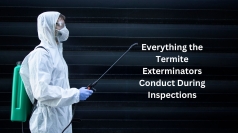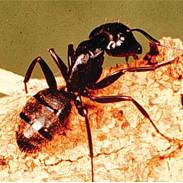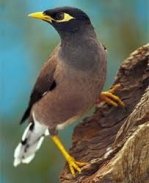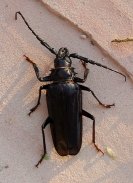



What the Pest Exterminators Do At The Time of Termite Inspections?

12 Dec2023
The bothersome chewing sounds in walls and a few holes in wood walls are the clear signs termites have invaded your space with confidence. Spare your home and protect it from unwanted expenses due to the termite infestation, then be quick to call the termite exterminator for a detailed termite inspection from a reputed pest management company in Northern Beaches, since the termite invasion signs are within eyesight.
What Does the Termite Exterminator Conduct During Termite Inspections?
Scary, sneaky pests such as termites are – they are capable of causing extensive damage to a home. But to notice the early termite signs, regular pest control and termite inspections should be done. These pest control or termite control methods should be done by experts to ensure your home is completely free from unwanted pests.
Usually, termite inspection is done within 1 – 2 hours, based on the property size. As they diagnose the termite problems in a home, the pest control professionals even look for other pest infestation signs. So, if you anticipate a termite and pest control inspection, then these are the five things the exterminator will be doing during the inspections.
First, Check For the Swarmer's Signs And Mud Tubes.
Accessing and inspecting all interior and exterior parts of a house, the pest or termite exterminator checks for swarmers or winged termite signs along with mud tubes.
Termites used the covered highways or mud tubes to enter any open spaces in a home. Mud tubes are soil and wood cellulose made which are located along the foundation, near crawlspaces, attic, pipes and in other points of a home. Typically, the subterranean termites nesting underground build the mud tubes. Using these tubes, they connect their nest to the wooden food source and keep themselves protected from open air.
On the other hand, the swarmers are young reproductive species active during springtime. At this time, they mate and search for a new home. Swarmers can be found flying near closed windows, doors and other entry points. But if not, then the termite inspectors will be checking for the discarded wings. Usually, they twist the wings to discard them when they have landed on the property.
Second, Look For Mud Existing in Construction Joints.
Termites use dirt to build and seal small gaps to create a more comfortable entry point. The presence of dirt buildup seen in small holes or mud crammed in construction joints means there the termites have begun their infestation.
Third, Examination of Wood Structures.
We call the subterranean termites wood-destroying pests, which are penetrating and eat wood from the inside. When the termite inspector checks these termite signs at home, they go on to check for wood damage signs. Damaged wood sounds hollow and with a few taps, it could break.
Non-termite-resistant wood products are highly vulnerable to damage.
Fourth, Come Up With A Termite Inspection Report.
Once the termite inspection is done, the exterminator will be providing a detailed report covering all the points with damage severity and the identified heavily infested area.
Fifth, Creating A Termite Inspection Plan.
Now after the inspection is done and a report is provided, the termite inspectors create a treatment plan personalized as per household needs. The Termite Inspectors plan the entire treatment and work within your budget.
Finally, to end the discussion – allowing a termite inspection is of utmost necessity in a home to know the exact condition and severity of termite infestation as well as damage. You will only need the services of a licensed and seasoned exterminator to get the work done. The pest control experts are licensed, trusted and experts servicing residential, new construction, business, and emergency with preventive pest control.
By Admin 0 Comment















Comments
No comments yet